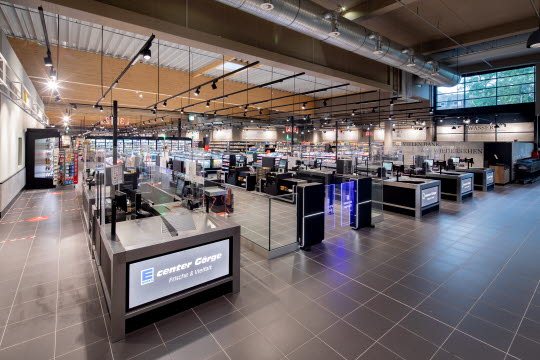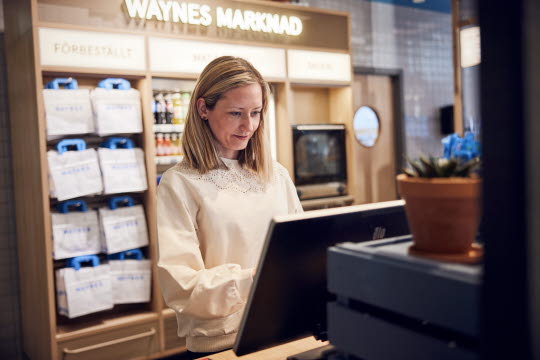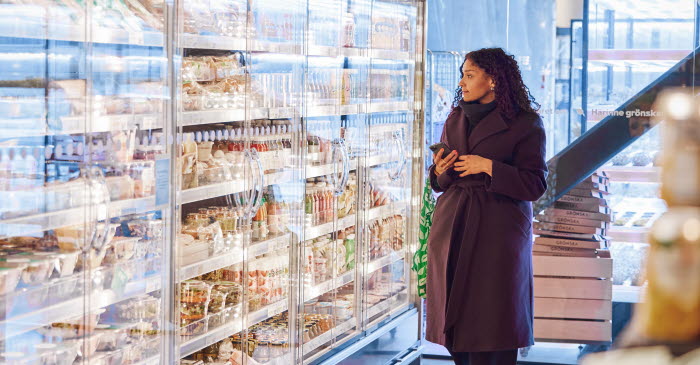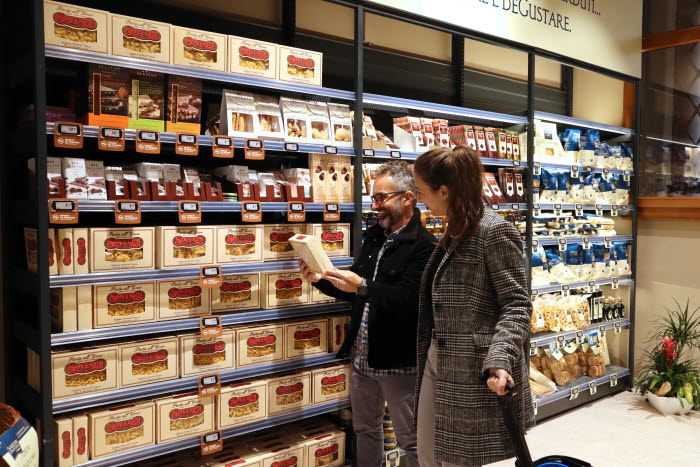
Top 10 Loss Prevention Tips for Retail Stores
As retailing becomes an ever more complex and competitive industry, the management and control of retail losses has also become much more challenging and demanding
Time to consume: 6 min
1 July 2022
By Professor Adrian Beck
More choices- more risks
Developments such as Omni Channel, where retailers provide their shoppers with many more choices in how they can browse, select, pay, receive, and return products, and the increasing use of self-checkout systems, bring with them new risks that need to be both understand and managed if retailers are to remain profitable.
Of course, the problem of retail loss is nothing new – retailers the world over have grappled with this issue ever since the first forms of trading developed. But decades of research and experience has shown that there are some retailers that have been more successful than others in keeping their retail store losses under control and outlined below are my top 10 tips for achieving this goal.
No doubt others will disagree and have different suggestions and I would very much enjoy hearing from you on this topic!
1 Measurement is Key
As the adage goes, you cannot manage what you cannot measure, and this is certainly true when it comes to retail losses. It is therefore important that retailers have systems and practices in place that enable them to understand in a timely fashion, and at item level, how they are being affected by retail losses in their stores. Without this information, any approaches to control them will be based upon guesswork rather than informed analysis.
2 Total Retail Loss
Retail complexity brings with it more forms of risk. It is important that retailers recognise that ‘loss’ can materialise in many different forms throughout the supply chain. While theft of products by customers is often the most high-profile form of loss, it is important to recognise that it is but one of a myriad of ways in which loss can occur, including through damage, wastage, process errors, pricing errors and so on. Understanding this broader landscape of loss will ensure a more comprehensive and effective approach can be developed.
3 People Make a Difference
It is easy to become beguiled by the promise of technologies – they have after all utterly transformed many aspects of our lives. Retail is no different, but it is also important to remember that retailing is a person-centric enterprise, both in terms of shoppers and the people employed to serve them. When it comes to loss prevention, it is easy to forget the role staff can play in its delivery and success. Time and again research has shown how effective and important good customer service can be in deterring crime. Equally, research has also shown how staff satisfaction is closely associated with lower levels of loss, wastage, and out of stocks – appreciated staff can make a profound difference.
4 Think about Store Design
and Risk Amplification
The link between design and the likelihood of crime occurring has been recognised for many years – dark, unobserved, and uncared-for spaces are much more likely to be places where crime is likely to happen. Retail stores are no different and so it is important to think about their design to ensure that they do not make it easy for crimes to be committed and hard for store teams to monitor. High shelving, poor sight lines and lighting can all make it easier for thieves to operate and perceive that it is easy to do so. The alternative is to think about how good design can be used to ‘amplify’ risk in the mind of the offender – make them think they are more likely to be caught because there are no ‘easy’ spaces in which to undertake their offending.
5 Maximise Any Investment in Loss Prevention Technologies
The retail sector is not short of technologies that have been developed to try and manage and control the problem of retail losses. From video systems to product tagging technologies, there has been decades of innovation in this space. While the available research is rather mixed about how effective any technology performs over time, what is consistent is that unless the context within which it is to be used is properly understood and accounted for, and that it is implemented and operated as originally designed, then it is likely to not perform well. It is important, therefore, that if technologies are to be used, that stores are given the support and training to make sure they work as intended.
6 Store Processes Matter
Much retail loss is a consequence of process failures – things going wrong in the business that ultimately generate loss, such as fresh produce being thrown away because it has not been kept at the correct temperature. Equally, processes need to be designed that are fit for purpose – busy staff will find other ways to work if a process makes things more difficult, which in turn can increase the risk of losses occurring. It is important, therefore, that retail processes are designed and reviewed to ensure that they are not likely to generate opportunities for losses to occur.
7 Use the Hot Concept
Research shows that risk is not evenly distributed – some places are more dangerous than others. This is also true in retail stores – some products are more prone to theft and damage than others. Similarly, some types of process are more likely to generate loss, such as unloading at the back of store. Understanding what are the hot or risky ‘elements’ in a retail store can be an important way to direct scarce resources towards the places, products and processes that matter – focusing on the vital few rather than the trivial many.
8 Keep Store Teams Informed
We are all very aware of the importance of data, but unless it is transformed into ‘information’, communicated, and then acted upon, its value remains limited. Loss prevention is no different and so how data is utilised and communicated to store teams is critically important. But it needs to take account of the store context – busy staff do not want to receive thousands of data points per day – they need to know about what matters to them now and what they can do to make a difference – how and what is communicated to store teams is key.
9 Balance Selling and Security
It is easy to forget that loss prevention is actually ‘loss management’ – for the most part, trying to introduce measures to bring losses to zero will be highly counterproductive to the core task of selling. As the old saying goes, it is easy to eliminate all retail losses – close every store and sack all the staff! Retail businesses need to strike a balance between enabling sales to occur while at the same time ensuring that losses are at an ‘acceptable’ level, and store management teams need to be aware of this.
10 Create a Safe Retail Environment
My final tip relates to a broader issue and that is the importance of creating a retail environment where both staff and customers feel safe. As detailed above, retail staff play a vital role in keeping retail losses under control, but they will be less inclined to do this if they feel unsafe and unsupported in their work environment. Equally, customers will be less likely to shop in a space that they think is dangerous or risky. Investing in measures that can achieve this is therefore a vitally important part of delivering an effective loss prevention strategy in retail stores.










